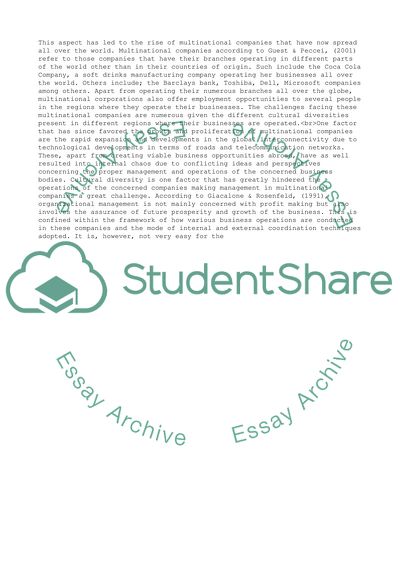Cite this document
(Critically discuss the cultural implications for multinational Essay, n.d.)
Critically discuss the cultural implications for multinational Essay. https://studentshare.org/business/1812816-critically-discuss-the-cultural-implications-for-multinational-corporations-of-different-approaches-to-employee-voice-and-support-your-discussion-with-empirical-illustrations
Critically discuss the cultural implications for multinational Essay. https://studentshare.org/business/1812816-critically-discuss-the-cultural-implications-for-multinational-corporations-of-different-approaches-to-employee-voice-and-support-your-discussion-with-empirical-illustrations
(Critically Discuss the Cultural Implications for Multinational Essay)
Critically Discuss the Cultural Implications for Multinational Essay. https://studentshare.org/business/1812816-critically-discuss-the-cultural-implications-for-multinational-corporations-of-different-approaches-to-employee-voice-and-support-your-discussion-with-empirical-illustrations.
Critically Discuss the Cultural Implications for Multinational Essay. https://studentshare.org/business/1812816-critically-discuss-the-cultural-implications-for-multinational-corporations-of-different-approaches-to-employee-voice-and-support-your-discussion-with-empirical-illustrations.
“Critically Discuss the Cultural Implications for Multinational Essay”. https://studentshare.org/business/1812816-critically-discuss-the-cultural-implications-for-multinational-corporations-of-different-approaches-to-employee-voice-and-support-your-discussion-with-empirical-illustrations.


